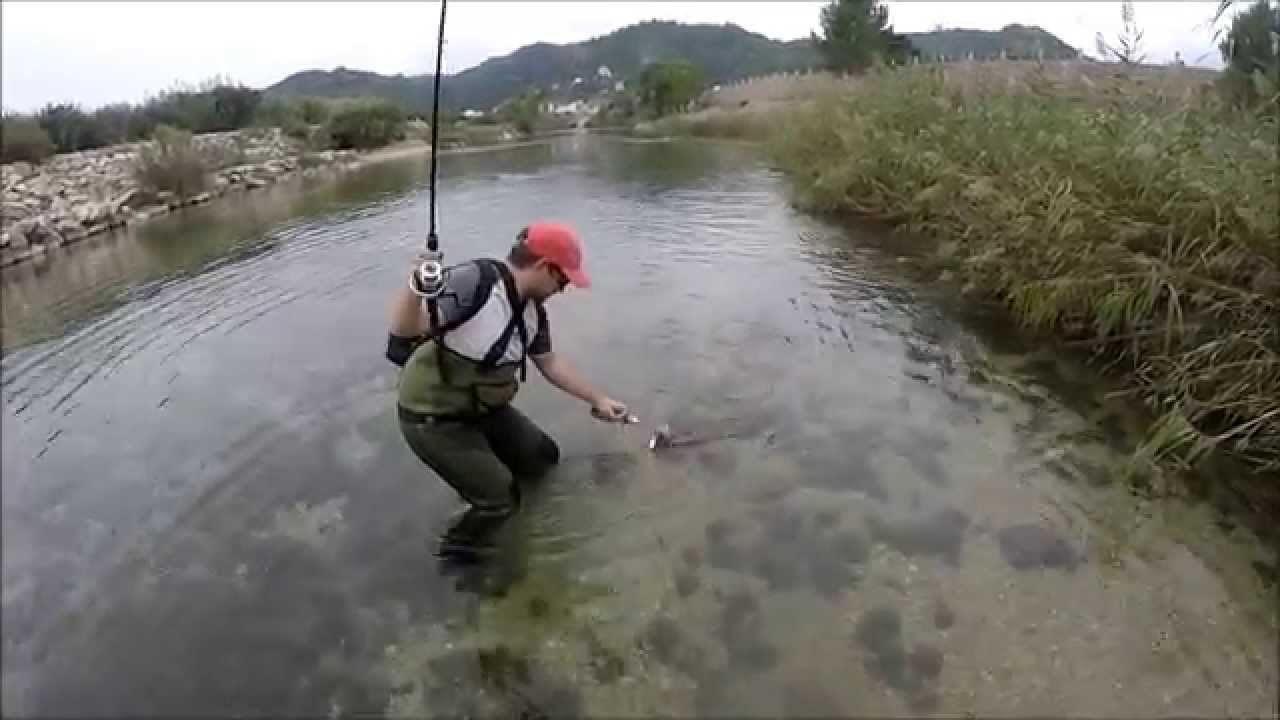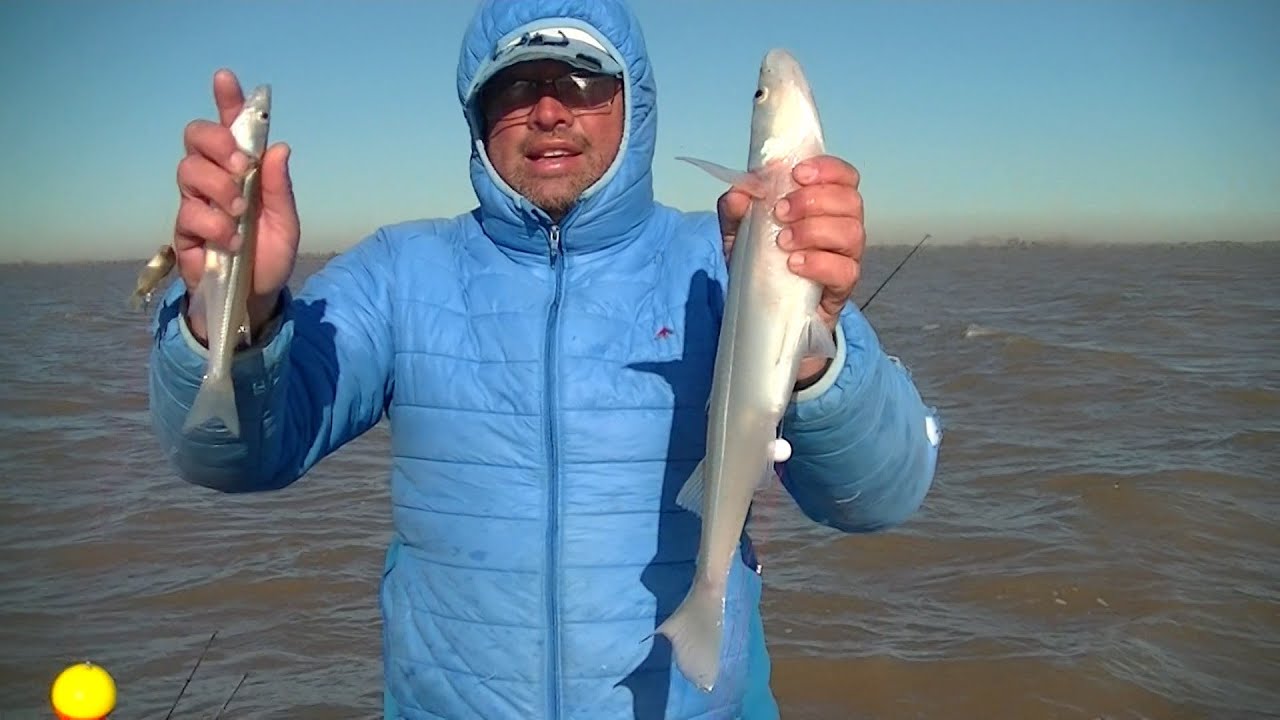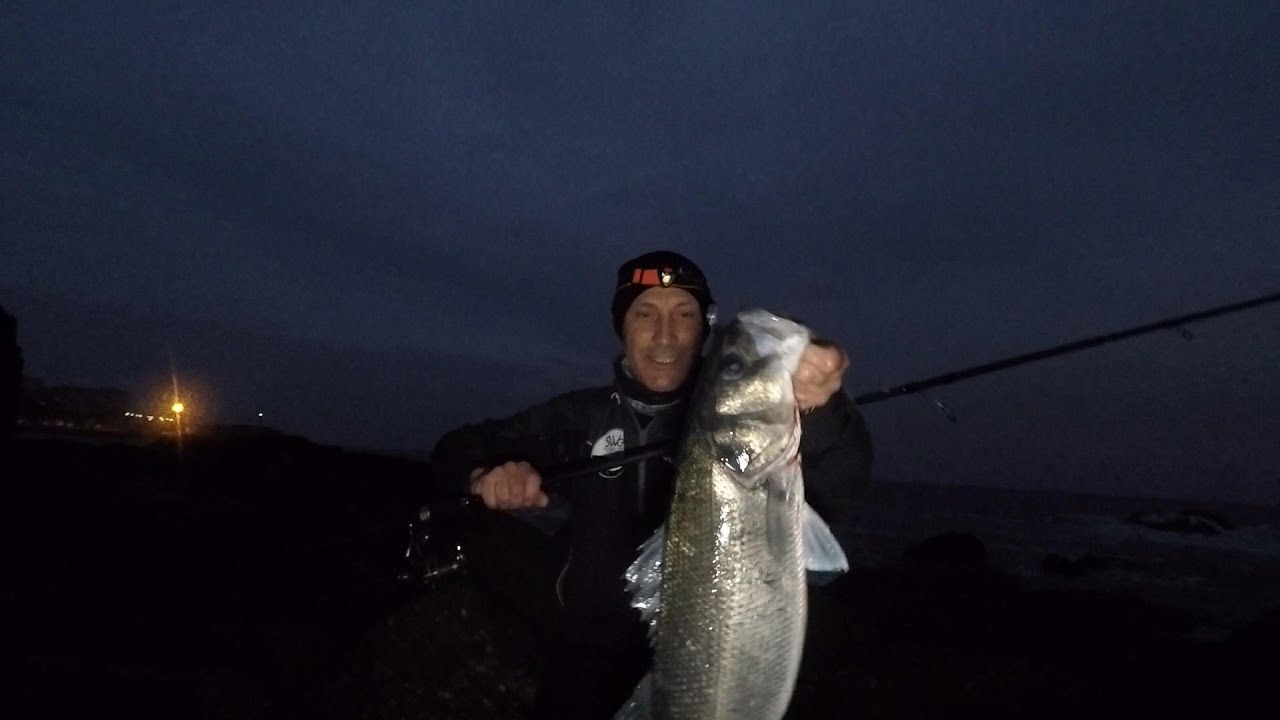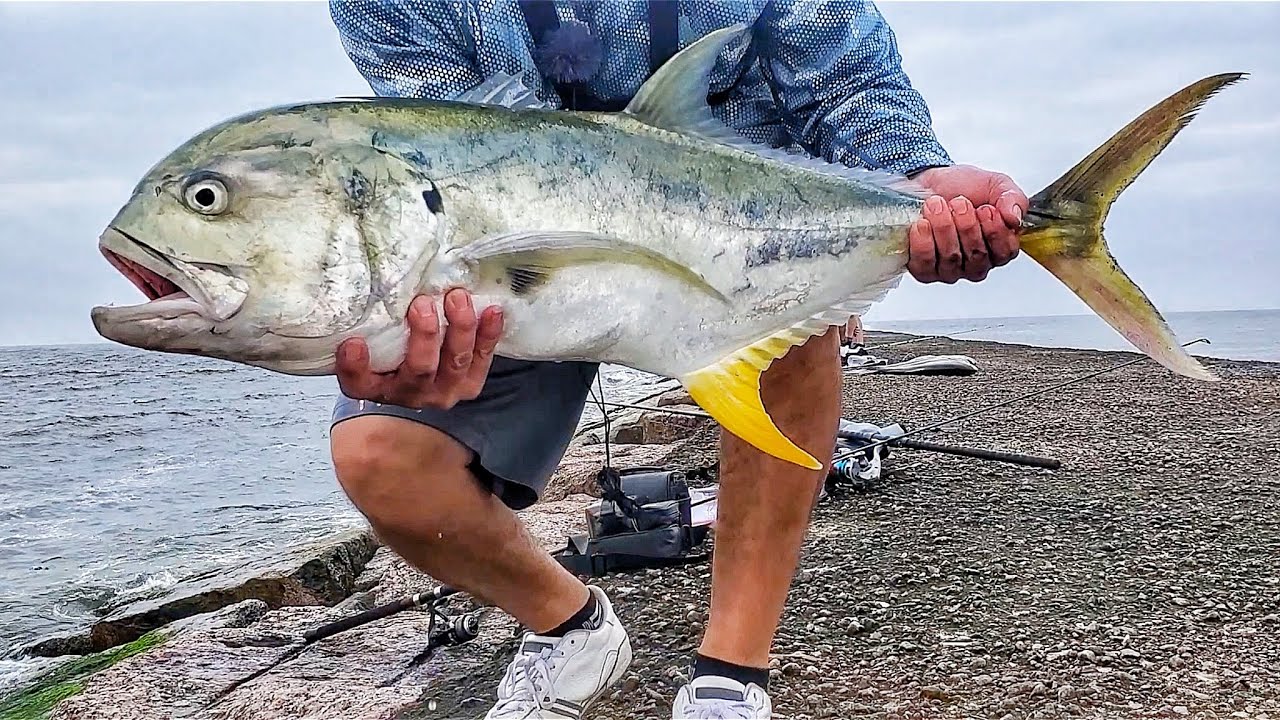Asticot fishing is one of the favorites for inland water fishermen. It turns out, for many, the quintessential bait and, so much so, that many use it for species as varied as salmonids and even for sea fishing it is also very convenient for many.
However, despite the favoritism for this type of lure, in Spain its use is not very well regarded in some Autonomous Communities. Among others, due to the little precaution taken by some fishermen in their conservation.

What is asticot?
The asticot are the common fly larvae. It is ideal for fishing because when contracting its body it is in constant movement, which is perfect for attracting fish that like larvae and nymphs.
Headless larvae result, that is, the head cannot be distinguished from the shape of its body. They are usually white or cream-colored, although we usually find them colored in some shops.
The purchase and conservation of asticot
In fishing stores it is very common to get asticot, either in its french version, that is, the largest and most robust worm or The English smaller. The advantage of the first is that it is perfect to fit on the hook in such a way that it can be held on the side and continue moving.
For optimal conservation, the use of sawdust and refrigeration will be necessary. Everything to prevent them from rubbing against each other and passing to the chrysalis state and making it impossible to use them since that stage only leads to the hatching of the fly.
How to Fish with Asticot
It can use as a feeder or to do the fishing itself from the rod. Ideally, puncture from the thickest part so that the worm remains alive and its mobility is preserved. The most experienced fisherman knows that he should look for the thinnest part of the skin to hook the hook there, which should not be too big either.
To improve fishing possibilities you can string several asticot to the hook, if they are colored, a combination of colors can be made, so that the contrast is striking for the fish that can see light tones from dark ones.
There are many fishermen who they mix the use of asticot with corn, being perfect for attracting specimens such as carp.
There is a technique known as floating ascot, which looks for the larva to absorb water, covering it in a container full of it, and to manage to float when fishing.
Another technique will be dead ascot, little used by some, allows it to be inert in areas of currents or even to be inserted into the bed when it is at the bottom.
Sea fishing with asticot is also perfect. Many use quaver or float fishing, which will be very similar to the technique used in fresh water, which is generally coup or English.
In fresh water it is perfect to attract catfish, salmon or cyprinids for the sea sea bream, mojarras or even sea bass They will be the pieces to take advantage of this great bait.







